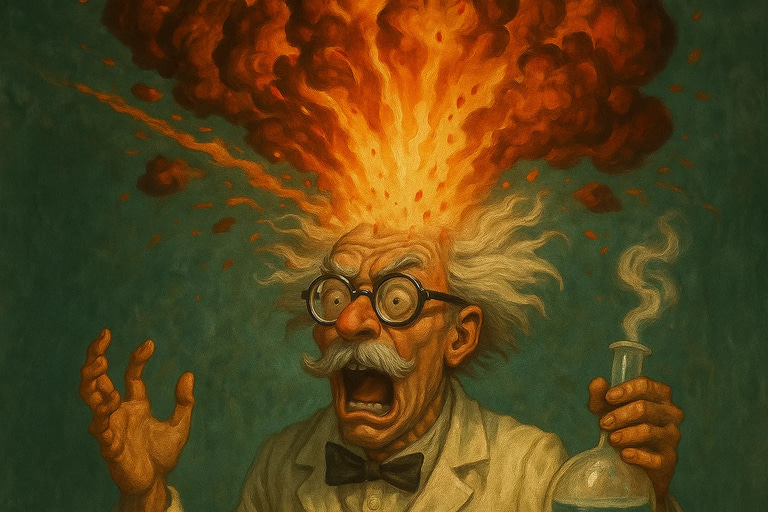What is this all about, and what are we doing here?
This project is an attempt to address some of the scientific puzzles that remain unsolved or are still surrounded by uncertainty.
It also offers a different perspective on topics that are already well-known and described. This is not a manifesto, nor an effort to challenge existing theories, but simply an alternative point of view—mainly based on the achievements of modern science.
You won’t find complex mathematical formulas here—great care has been taken to make everything understandable to everyone.
The goal of this material is not to question the laws of physics or discredit the achievements of scientists whose discoveries I will reference here, but rather to try and organize everything into a logical whole. Modern science struggles with many issues, solving them only partially – or through a multitude of mathematical crutches and shortcuts. Yet sometimes, it would be enough to go back to the basics, revise and correct a few of them.
Unfortunately, modern science clings too tightly to authority and fixed frameworks. It’s difficult for it to step away and look at a problem from a distance. In technical progress, nobody minded that the Wright brothers built something primitive – what mattered is that they started something. The same goes for Edison’s light bulb. But in theoretical physics, we’re still often stuck in old patterns.
As Newton once observed, mathematics is a brilliant tool for describing nature – not for creating it. It's a precise language that can predict phenomena, but does not generate them on its own. That’s why the key lies in experiments, testing, and observation – not just calculations.
This material is aimed at both enthusiasts of physics and people looking for a fresh perspective. I try to write as accessibly as possible, so that anyone with an open mind can follow the reasoning.
I know I will hit a solid wall – resistance to what I’m going to say. But I don’t intend to disprove or overturn anything – only to offer another point of view. I'm not claiming to be right.
Throughout the history of science, bold – even audacious – hypotheses have emerged. Just think of the uncertainty principle or the idea of indeterminism, which to Einstein were merely signs of some hidden order, “determined by measurement.” But science embraced them differently, turning them into the foundation of a new approach.
And speaking of different points of view – let’s look at what’s right in front of us, what we measure every day. Even the most basic quantities, like voltage or mass, show us that everything depends on the local conditions in which they appear.
A “1.5 V” battery doesn’t contain a fixed voltage – it’s merely a potential difference. That value appears only during measurement, and only in that specific moment – not before or after. Likewise, a kilogram isn’t an absolute value but a balance of forces.
In the world of atoms and electrons, this principle becomes even more evident. Energy, momentum, mass – all of it arises from local conditions.
At the dawn of the quantum revolution, proposing all sorts of mechanisms made sense. But today, with the knowledge we have, stubbornly sticking to old assumptions is illogical – sometimes downright foolish.
Even Maxwell, Faraday, and Tesla said that all of this is simply the manifestation of one field that organizes energy. They understood it better than modern textbooks, which still separate phenomena into distinct entities instead of recognizing a unified field mechanism.
We must remember, though, that in their time, the general knowledge and available technology didn’t allow them to precisely demonstrate how energy really works. But they did everything they could with what they had – just like our own genius, Czochralski, whose discovery had to wait many decades for its moment of triumph, until science and technology finally caught up.
